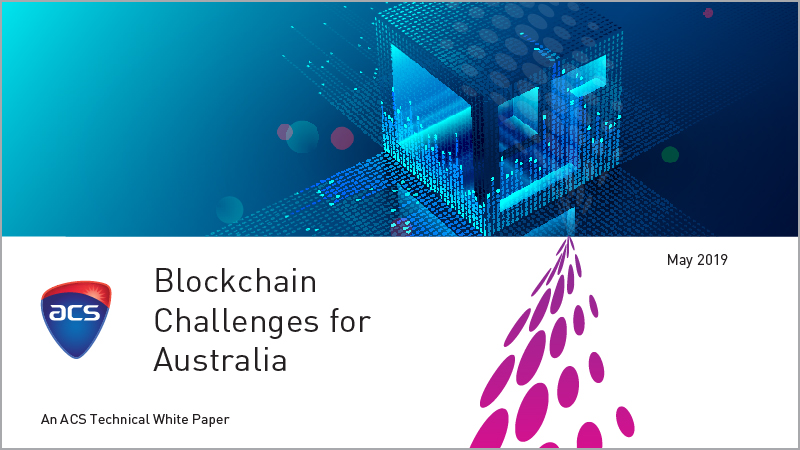There is a National Skills Commission co-design Discussion paper. Adam Boyton was appointed the Interim National Skills Commissioner on 24 October 2019. This followed the release of the Joyce Review of Australia's Vocational Education and Training System and government response.
The questions for the Co-design for the Commission are:
- "Are the roles and responsibilities proposed for the National Skills Commission appropriate?
- What organisational capabilities will the National Skills Commission need?
- What governance is needed to give the National Skills Commission the legitimacy and impact it needs?"
There is a further workshop this-afternoon on Skills Package co-design workshop. There is a further workshop tomorrow.
For those from universities wondering what this is all about, alongside universities, Australia has a parallel vocational education and training (VET) sector. This trains plumbers, bakers and mechanics, but also overlaps the lower end of what universities do. In my discipline of computing, students can start with a VET qualification to enter the profession (usually then going to university for a degree, with credit for their VET study). VET an be provided by private for-profit companies, government TAFEs, units within companies training their own staff, the Department of Defence for military personnel, and universities offering VET education, alongside degrees.
My contribution to the workshop so far was to suggest introducing an international considerations. Most of the discussion is about coordinating between states and the federal government. I pointed out that IT is driven by international standards, and others said this was the case in industries such as aviation. What Australia does needs to be aligned internationally.
A controversial issue is the National Skills Priority List: who does it, is it useful and possible. Different parts of the country may have different priorities, and education has a benefit for individuals in addition to vocational needs. My worry is that the ability of anyone to accurately predict skills needs long enough into the future to be of use for planning is limited. Even if this can be predicted, the peaks and troughs in industry demand will still result in shortages and surpluses of personnel with particular skills. A better approach might be to provide broader training, so workers can adapt to what is required at a particular time.
Despite my cynicism, the tables did come up with positive useful suggestions as to what the commission should do, including promoting VET. The major issue was who the commission should report to.
One worry I have is that Australian training needs to have a more digital and global perspective. Even "blue collar" jobs increasingly require digital skills, meeting international requirements.
One comment at the workshop was about the need to coordinate VET with the university sector on jobs forecasts. This has now largely been abandoned in the university sector, and the example given was why do we have so many more law graduates than there are jobs for lawyers?
The issue of microcredentials, also came up.
Submissions are still being accepted until 15 November.







